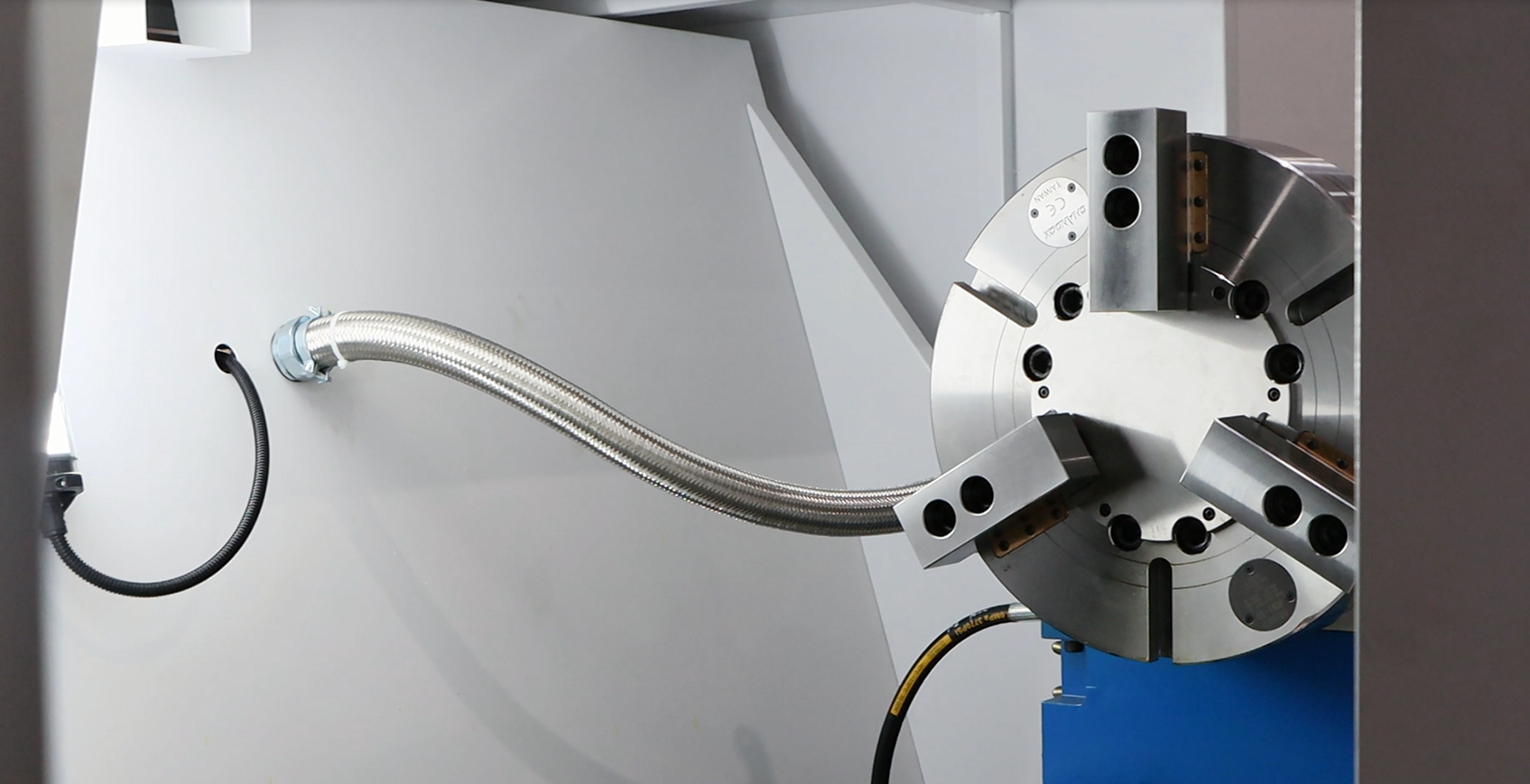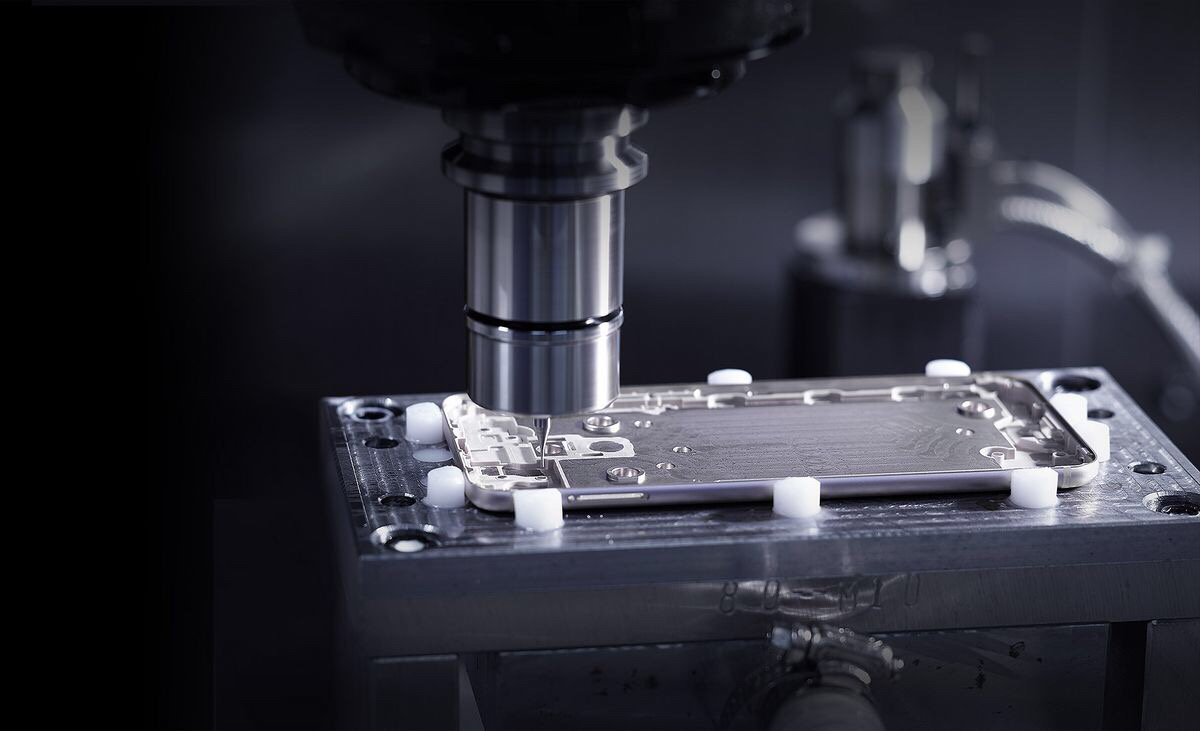News Detail
YangSen offers remarkable products, fast services, and punctual delivery time.
10
2024
-
10
How to Improve Surface Finish in Machining
Author:
an in-depth look at the factors affecting surface finish in machining and how to optimize them for the best results.
In machining, surface finish plays a crucial role in the performance, longevity, and aesthetic quality of a part. A smooth, consistent surface is essential for reducing friction, wear, and fatigue, and in certain applications, it’s also vital for precision fits or ensuring the part meets tight tolerances. Here’s an in-depth look at the factors affecting surface finish in machining and how to optimize them for the best results.

1. Tool Selection: The Foundation of a Good Surface Finish
Choosing the Right Tool Material
The selection of tool material is one of the most important factors in achieving an excellent surface finish. Tools made of high-speed steel (HSS), carbide, ceramics, or cubic boron nitride (CBN) offer varying degrees of hardness, toughness, and resistance to wear. For high-quality surface finishes, carbide and ceramic tools are particularly effective due to their hardness and ability to maintain sharp cutting edges at high speeds.
Optimized Tool Geometry
The geometry of the cutting tool—specifically the rake angle, clearance angle, and nose radius—affects the cutting process significantly. A larger nose radius helps to spread the cutting forces over a larger area, resulting in a finer finish. A positive rake angle can reduce cutting forces, minimizing vibrations and improving the surface finish.
Coatings Matter
Using coated tools, such as those with titanium nitride (TiN) or titanium aluminum nitride (TiAlN) coatings, can improve wear resistance and reduce friction, enhancing the surface finish. Coated tools also last longer, maintaining sharper edges over time.
2. Optimizing Cutting Parameters for Surface Finish
Cutting Speed
Higher cutting speeds typically produce better surface finishes because they reduce the force and heat generated at the cutting edge. However, too much speed can cause excessive heat, leading to rapid tool wear and diminished surface quality. Balancing cutting speed with material properties and tool life is crucial.
Feed Rate
The feed rate, or the speed at which the tool moves through the material, directly impacts surface roughness. A lower feed rate results in finer surface finishes but slows down production. In operations where surface finish is paramount, such as in precision machining, reducing the feed rate is a common practice. However, it must be balanced with productivity to avoid excessive machining time.
Depth of Cut
Shallow depths of cut generally yield better surface finishes by reducing cutting forces and vibration. In finishing passes, use minimal depths of cut to remove just enough material to produce a smooth surface without introducing chatter or tool deflection.
3. Cooling and Lubrication: Managing Heat and Friction
Use of Cutting Fluids
Proper application of cutting fluids helps in cooling the cutting zone, reducing heat generation, and providing lubrication, all of which enhance surface quality. Cutting fluids also help remove chips from the cutting area, which can prevent scratching of the finished surface.
Types of Coolants and Lubricants
For machining operations that require high surface finish, selecting the right type of coolant (emulsified oils, synthetic fluids, etc.) can make a significant difference. Some processes, such as minimum quantity lubrication (MQL), apply lubricants in a mist form to reduce fluid usage while still improving surface quality.
4. Machine Condition: A Well-Maintained Machine is Essential
Vibration Control
Vibrations during machining, known as chatter, are one of the leading causes of poor surface finishes. To minimize this, ensure the machine tool is in good condition, with minimal wear on moving parts and stable foundations. Vibration can also be reduced by using shorter tool overhangs and ensuring rigid clamping of the workpiece.
Precision of the Machine
The accuracy of the machine's motion control—particularly in multi-axis CNC machines—is critical for a consistent surface finish. Machines with tight control over feed rates and positioning accuracy provide better finishes by reducing inaccuracies during cutting operations.
Spindle and Bearings
Properly functioning spindles and high-quality bearings minimize runout and deflection, ensuring consistent cutting forces and precision machining. Regular maintenance of these components is vital to sustaining surface quality.
5. Workpiece Material and Preparation: The Starting Point for Finish
Material Hardness and Ductility
Different materials respond differently to machining processes. Softer materials like aluminum may yield smooth surfaces at higher speeds, while harder materials like titanium require specific tooling and parameter adjustments to achieve a good finish.
Workpiece Stability
Vibration or movement of the workpiece during cutting can result in inconsistent finishes. Ensure the workpiece is securely clamped in position to minimize unwanted movement and vibrations. Fixtures that provide full support without distorting the part are key.
6. Post-Machining Finishing Processes: Adding the Final Polish
Polishing and Grinding
For applications where a mirror-like surface finish is necessary, secondary processes like grinding, honing, or polishing may be required. These methods can remove microscopic surface imperfections and improve the finish after machining.
Deburring
Machined parts often have small raised edges or burrs after cutting, which can affect the final surface finish. Proper deburring techniques, whether manual or automated, should be applied to remove these imperfections.
7. Advanced Techniques for Enhanced Surface Finish
High-Speed Machining (HSM)
High-speed machining techniques can significantly improve surface finishes, especially in materials that are difficult to machine, such as hardened steels. By using high spindle speeds, low depths of cut, and appropriate feed rates, manufacturers can achieve high-quality finishes while maintaining production efficiency.
Cryogenic Machining
This advanced cooling technique involves the use of liquid nitrogen to cool the cutting zone. Cryogenic machining minimizes heat generation, tool wear, and thermal deformation, resulting in improved surface finishes, particularly in hard materials.
8. Limitations and Trade-offs
Balancing Surface Finish with Production Time
While it’s possible to achieve excellent surface finishes by slowing down feed rates and cutting speeds, this can increase cycle times and reduce overall productivity. The challenge is to strike the right balance between surface quality and production efficiency.
Tool Wear and Cost
High-quality surface finishes often require premium cutting tools and coatings, which can add to tooling costs. Additionally, maintaining surface quality over long production runs requires frequent tool changes, which can affect the cost and scheduling of operations.

Conclusion: Precision and Balance are Key
Improving surface finish in machining requires careful consideration of multiple factors, from tool selection and cutting parameters to machine condition and post-machining processes. By optimizing each of these elements, manufacturers can achieve the high-quality surface finishes necessary for critical applications, all while maintaining efficient production practices.


